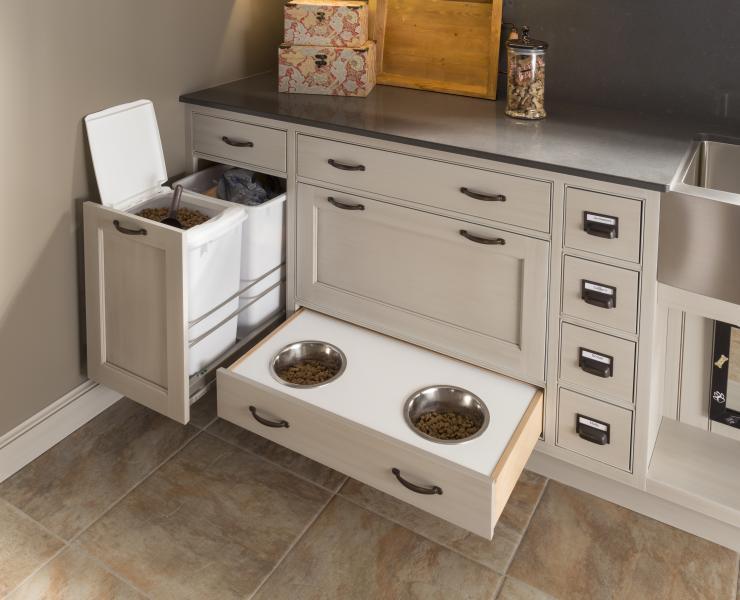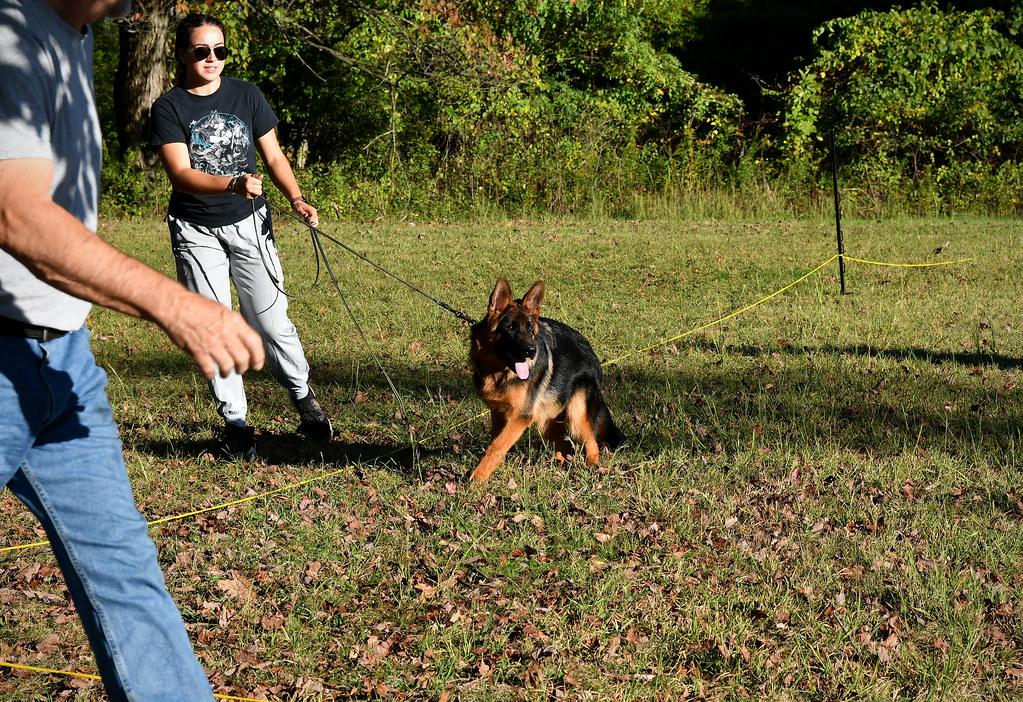Every dog owner knows the joy of sharing a home with a furry friend, but with that joy comes the responsibility of ensuring their safety and well-being. Our canine companions are naturally curious, often exploring the world around them with their noses and mouths. While this curiosity is endearing, it can sometimes lead them to consume foods that are harmful or even toxic. In this article, we’ll guide you through practical steps to prevent your dog from eating dangerous foods, helping you create a safe environment where your pet can thrive. With a little foresight and some easy-to-implement strategies, you can keep your four-legged family member happy, healthy, and out of harm’s way.
Identifying Common Harmful Foods for Your Furry Friend
Our beloved canine companions often have a curious nature, which can sometimes lead them to nibble on things that are far from safe. As a responsible pet parent, it’s essential to be aware of the common culprits lurking in your kitchen. Chocolate is one of the most well-known offenders, containing theobromine, which is toxic to dogs. Even small amounts can cause symptoms ranging from vomiting to more severe complications. Grapes and raisins are another hidden danger; while they might seem harmless, they can lead to kidney failure in dogs. Additionally, be cautious with onions and garlic, which can damage red blood cells, leading to anemia.
- Chocolate: Contains theobromine, toxic to dogs.
- Grapes and Raisins: Can cause kidney failure.
- Onions and Garlic: Harmful to red blood cells.
- Xylitol: Found in sugar-free products, extremely toxic.
- Avocados: Contains persin, which can be harmful.
It’s not just these obvious threats that pose a risk. Xylitol, a sweetener found in many sugar-free products, can cause a rapid insulin release, leading to hypoglycemia. Avocados, while healthy for humans, contain persin, which can be harmful to dogs in large quantities. To keep your furry friend safe, familiarize yourself with these common harmful foods and always check ingredient lists before sharing your snacks. A vigilant approach can help prevent accidental ingestion and keep your pet healthy and happy.

Creating a Safe Kitchen Environment for Your Dog
To ensure your furry friend is safe in the kitchen, it’s essential to be aware of common household foods that can be harmful to them. Start by securing any items that might pose a risk. Chocolate, grapes, raisins, onions, and garlic are just a few examples of foods that should be kept well out of reach. Consider using child-proof locks on cabinets or storing dangerous items on high shelves. This will help prevent curious noses from getting into trouble.
- Use pet-safe containers: Store food in airtight containers that are not easily accessible or chewable by dogs.
- Designate a safe zone: Create a specific area where your dog can stay while you cook, keeping them away from potential hazards like hot surfaces and sharp objects.
- Educate family members: Ensure everyone in the household knows which foods are dangerous for dogs and practices safe food handling.
By taking these steps, you can create a kitchen environment that is both welcoming and safe for your canine companion, allowing you to enjoy peace of mind while preparing meals.

Training Techniques to Discourage Begging and Snatching
To keep your furry friend from developing the habit of begging or snatching food, it’s important to establish clear boundaries and consistent training. Start by teaching your dog the “leave it” command, which will help them resist the temptation of grabbing food that could be harmful. Positive reinforcement is key here; reward your dog with praise or a treat when they successfully ignore the food. Additionally, ensure that everyone in the household is on the same page about not giving in to those pleading puppy eyes during meal times.
Creating a designated space for your dog during meals can also be effective. Train your dog to stay in their bed or a specific area while you eat, using commands like “stay” or “place.” This not only discourages begging but also fosters a sense of calmness. Consistency is crucial, so remember to practice these techniques regularly. Here are a few more tips to consider:
- Avoid feeding your dog from the table. This reinforces the idea that begging is rewarded.
- Provide distractions, such as chew toys or puzzle feeders, to keep them occupied during meal times.
- Practice patience and gradually increase the duration they are expected to wait quietly.
By incorporating these strategies, you’ll not only prevent your dog from eating potentially dangerous foods but also promote better behavior and a healthier relationship with food.

Healthy Alternatives to Satisfy Your Dogs Curiosity
When it comes to satisfying your dog’s innate curiosity about food, opting for healthy alternatives can be both a safe and rewarding approach. Instead of reaching for processed treats, consider offering your furry friend some natural options that can intrigue their taste buds and keep them healthy. Fresh fruits like apples, blueberries, and watermelon (without seeds) are not only delicious but also packed with vitamins. Vegetables such as carrots, green beans, and sweet potatoes can be excellent low-calorie snacks that provide essential nutrients.
- Frozen Broth Cubes: Freeze low-sodium chicken or beef broth in ice cube trays for a hydrating and savory treat.
- Kibble Mix-Ins: Add a spoonful of plain yogurt or canned pumpkin to your dog’s kibble for an exciting and nutritious twist.
- DIY Dog Biscuits: Bake homemade biscuits using whole wheat flour, peanut butter, and bananas for a crunchy snack.
These alternatives not only help in keeping your dog away from harmful foods but also provide them with the nutrients they need to thrive. Always ensure that new foods are introduced gradually and in moderation, and consult with your vet if you have any concerns about specific ingredients.

